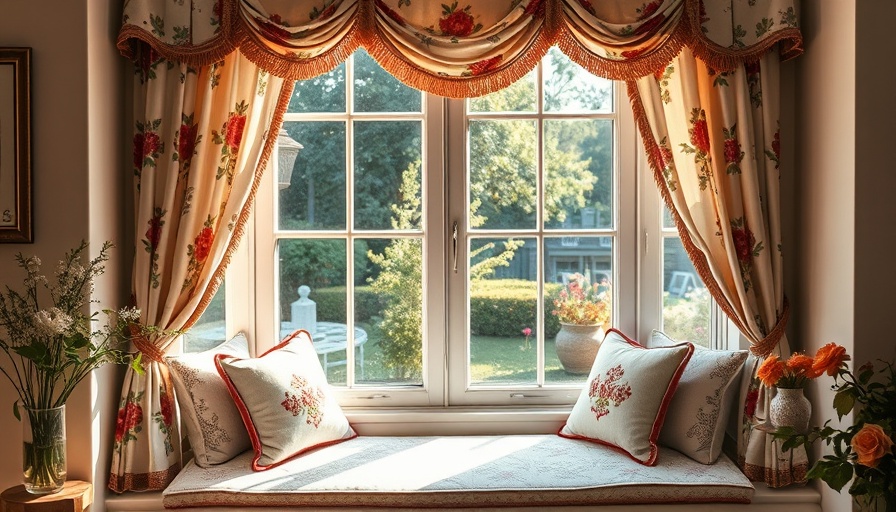
Seal Out the Chill: Understanding Draughty Windows
With chilly breezes sweeping through your home, there’s no worse feeling than settling in for the evening only to discover your windows are letting in the cold. Draughty windows not only disrupt your comfort but also inflate your energy bills during a time when every penny counts. Recognizing the urgent need to address this issue, many homeowners are seeking effective strategies to combat heat loss.
How to Identify Draughty Windows Easily
The first step in addressing draught issues is understanding how to spot them. Start with visual inspections: look for cracked seals, gaps, or condensation developing between window panes. You can even perform a candle test—light a candle and hold it near the window; if the flame flickers, you’ve located your culprit. A simple hand test alongside the window edge can also confirm unwanted drafts.
Simple DIY Solutions for Immediate Relief
Fortunately, thrifty homeowners can take matters into their own hands with these easy DIY solutions:
- Draught Excluder Strips: Self-adhesive strips can easily seal gaps, enhancing warmth without the need for professional tools. Options like foam, rubber, and brush strips each offer varied benefits depending on the size of your gaps and window type.
- Window Sealant: Filling small cracks with high-quality silicone sealant prevents cold air infiltration while also protecting against moisture damage—a must for maintaining older wooden frames.
The Importance of Draught-Proofing Beyond Comfort
In a world increasingly focused on energy efficiency and sustainability, keeping your home warm through draught-proofing is not just an act of comfort; it’s a step toward reducing your carbon footprint and minimizing your energy consumption. Energy efficient windows and doors are essential in the battle against rising climate concerns and expensive energy bills.
Your Next Steps to a Cozier Home
By implementing these simple draught-proofing solutions, you not only enhance your home’s comfort and reduce energy expenditure, but you also contribute positively to larger environmental goals. So equip yourself with a few materials and get started—your home (and wallet) will thank you.
 Add Row
Add Row  Add Element
Add Element 



Write A Comment